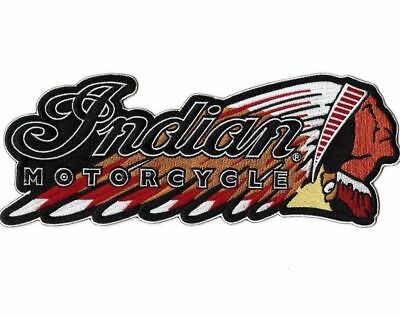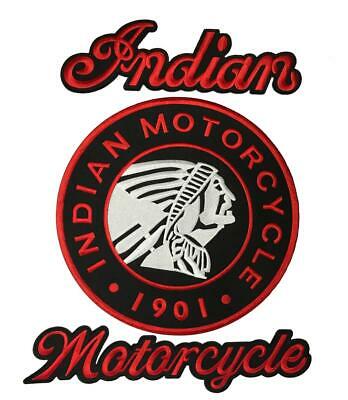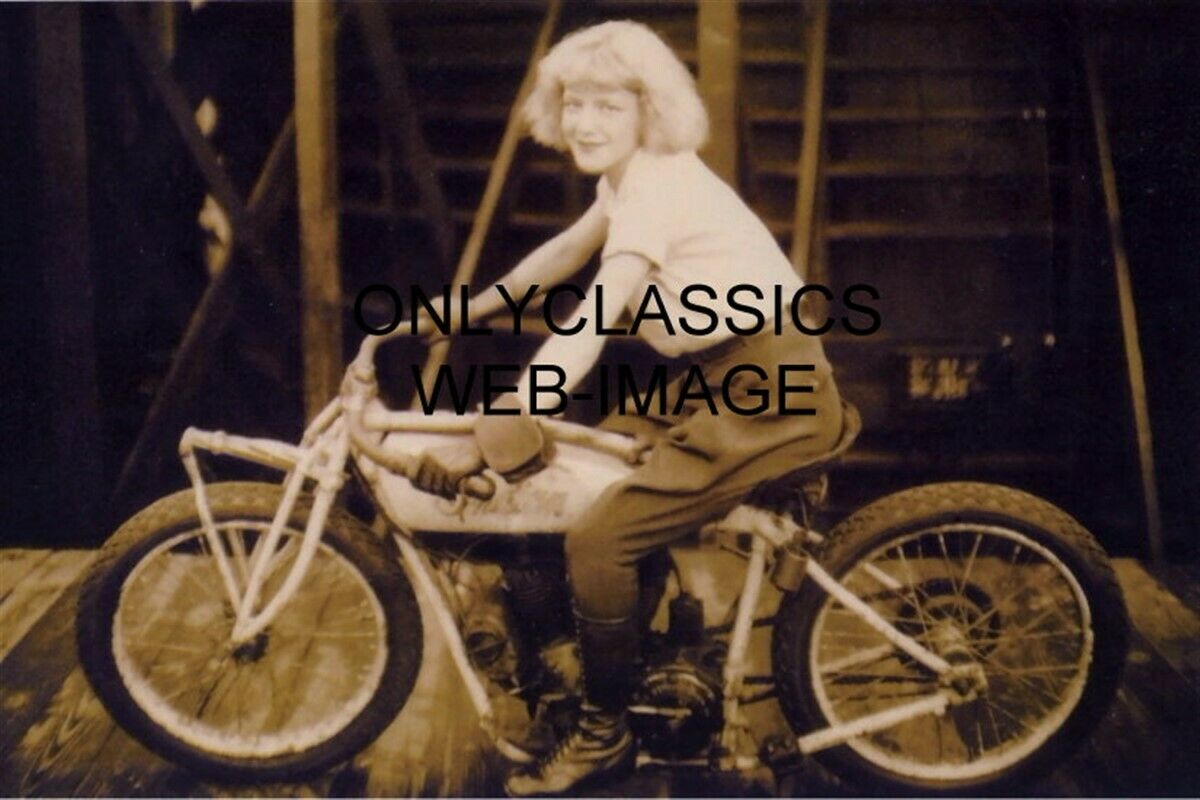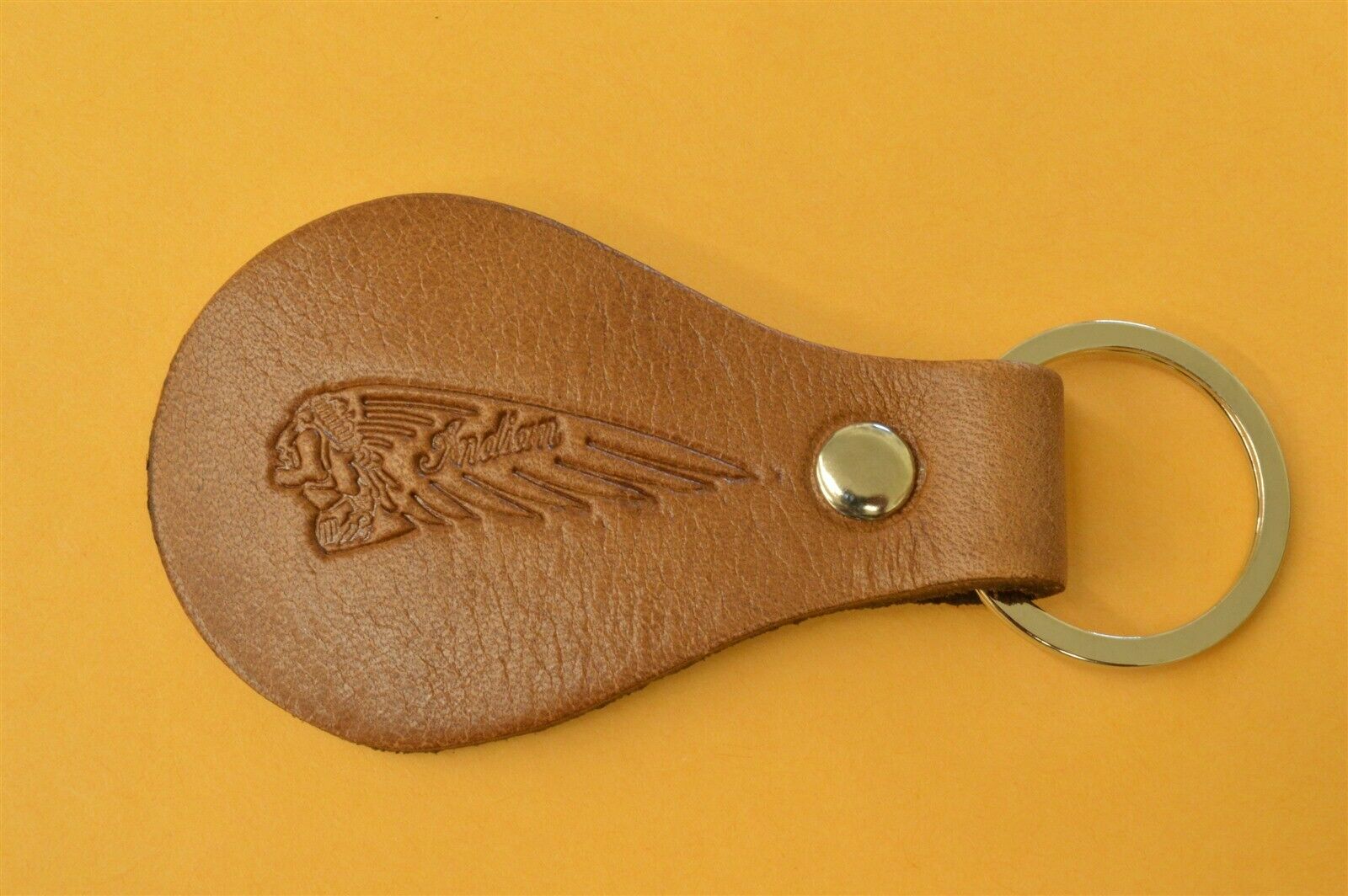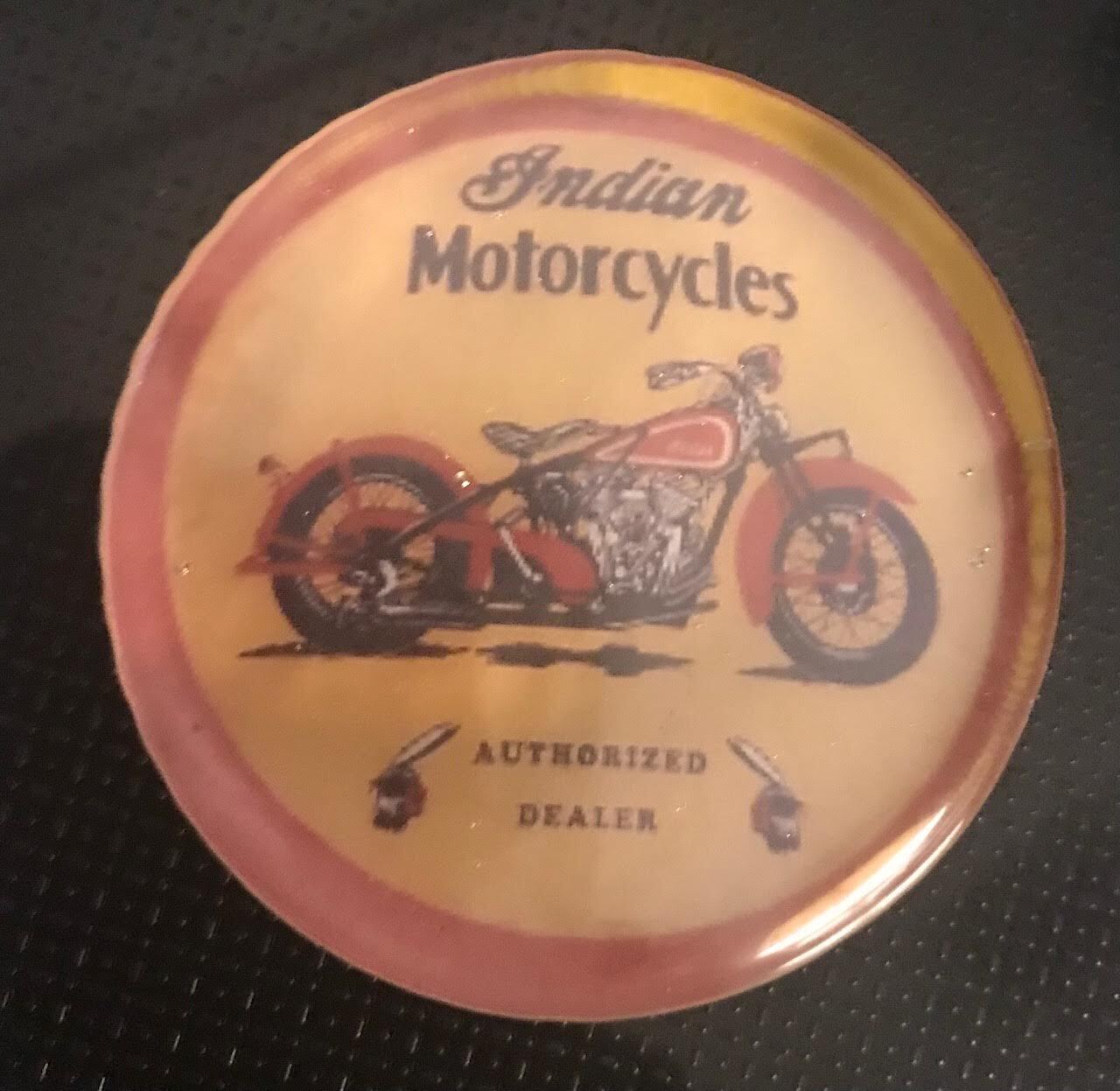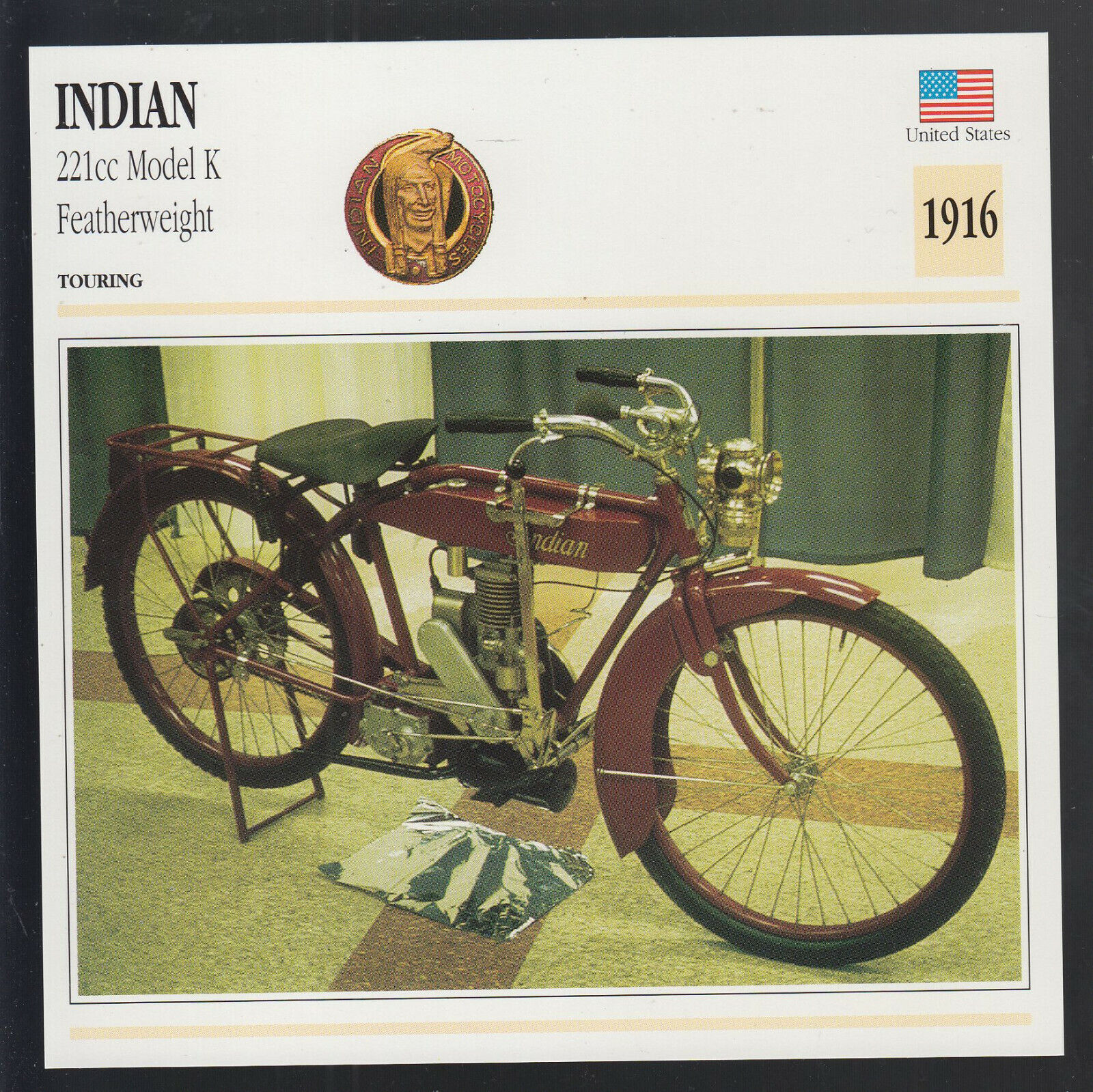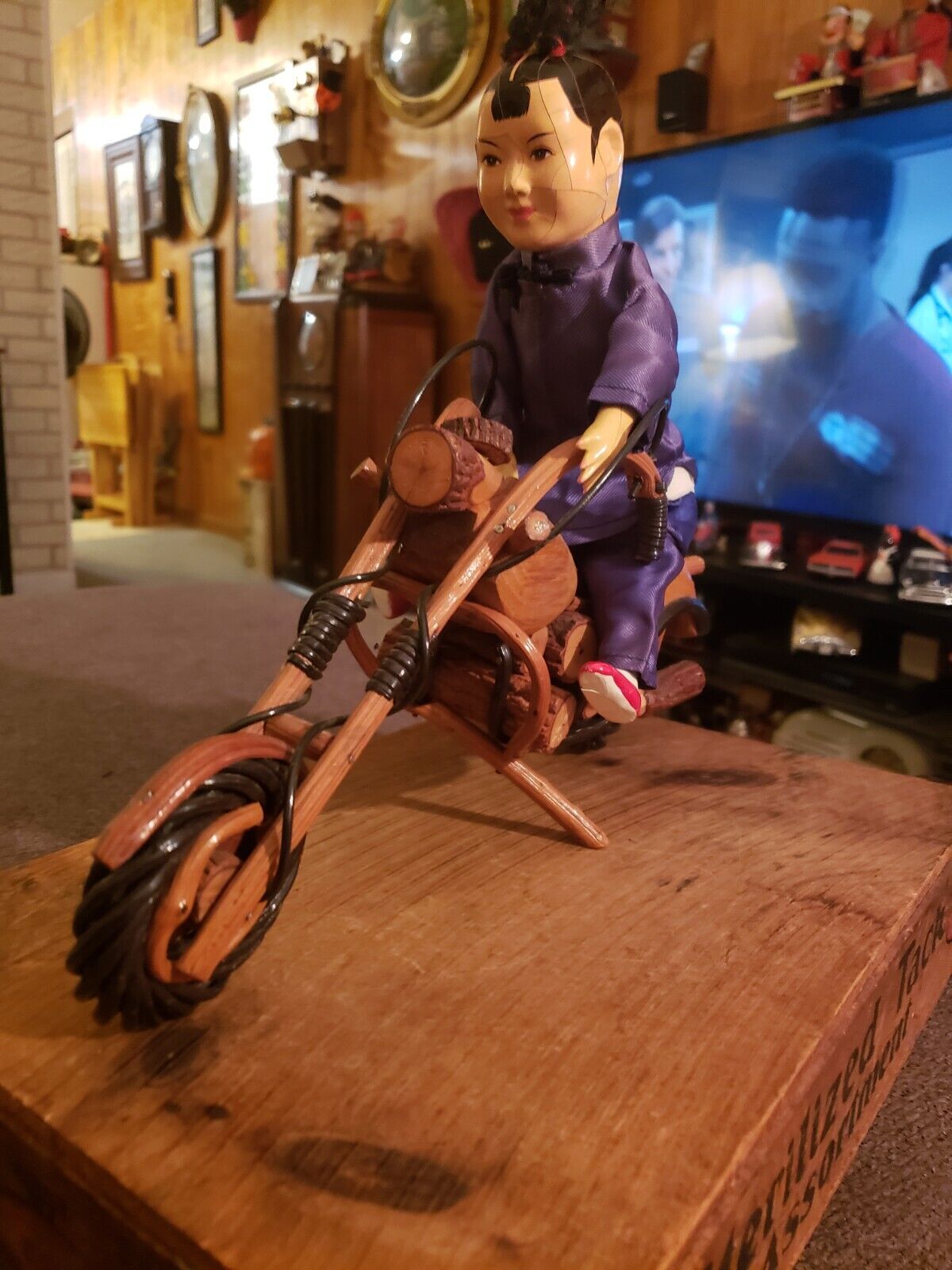-40%
1974 Article Indian Chief Motorcycle - 4-Page Vintage Article
$ 7.08
- Description
- Size Guide
Description
1974 Article Indian Chief Motorcycle - 4-Page Vintage ArticleOriginal, Vintage Magazine article
Page Size: Approx. 8" x 11" (21 cm x 28 cm) each page
Condition: Good
We Americans have always seemed to
believe that being big is associated with
being good. Nowhere has this been more
true than with our motorcycles, which over
a 50-year period evolved into monstrosi-
ties that made foreigners gasp in awe.
One of the largest motorcycles we ever
produced was the mighty Indian Chief-an
80-inch beast that had its birth way back
in the 1920s when Indian was starting its
long downhill run after an early beginning
that was bathed in glory and brilliant
engineering.
The mighty Chief came to the end of
its road in 1952—a bloated and obsolete
monstrosity that was horribly archaic for
the time. In between the early years and
1952 there existed an era when the Chief
was as good as anything being produced
in America and better than most—even if
it was almost always an antiquated design
compared to the advanced designs ema-
nating from Europe then.
I recently had the opportunity to spend
a day with a really good Indian Chief.
This particular machine is a restored 1948
74 cubic inch model, which is owned and
ridden often by Gene Vail, proprietor of
a small but busy Kawasaki shop in Cald-
well, Idaho. Gene’s Chief is exceptionally
authentic, since he made a special effort
to restore it as it was in 1948. It was not
over-restored to “show” standards, nor has
it had non-standard parts added to make
it more “modern.” It is an honest Chief
with only a few pieces chromed which
were not that way originally, plus the
extra-long exhaust pipe which could be
ordered at that time from the Indian cata-
log.
During most of its years the Chief was
a rigid frame model with a girder front
fork, but in 1939 the Springfield. Mas-
sachusetts, factory introduced their new
plunger rear suspension that made the
bike more comfortable to ride. In 1950
came a boost in engine size from 74 cubic
inches to 80 inches when the stroke was
elongated, and a new telescopic front fork
was also added to further improve rider
comfort. The Indian then staggered on for
two more years only to expire, as did the
dinosaur millions of years earlier-a huge
and bloated thing that was unable to adapt
to changing times.
The engine of the Chief was a narrow
V-twin. The huge alloy crankcase con-
tained a massive crankshaft that used a
forked connecting rod arrangement run-
ning on a roller bearing crankpin. The
dimensions were all very large and the
engine turned over slowly, so it is not
surprising that very high mileages could
be recorded before the lower end needed
to be serviced.
The cast-iron cylinders contained the
side valves, valve springs, and ports, with
the valves set side by side. The carburetion
was provided by either a Linkert or
Schebler carburetor of the butterfly valve
design, which was changed to a simpler...
13911-AL-7406-09 RL- 15920

